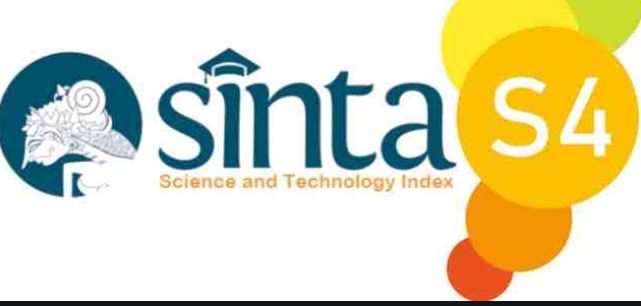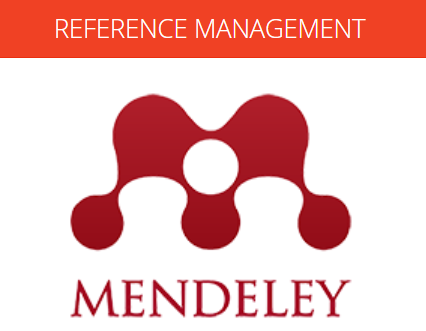Application Of Cycle Learning Models To Improve Student Learning Outcomes Of ASEAN Materials
DOI:
https://doi.org/10.52048/inovasi.v14i1.141Keywords:
Cycle Learning Model, Learning Outcomes, ASEANAbstract
Based on observations made by researchers, the reality that occurs in the field proves that in learning
Social Sciences (IPS) only by the lecture method, this causes the material on social studies subjects to not
be conveyed properly. After the teacher or researcher uses various methods combined with the
learning cycle model in learning, students are expected not to feel bored and the material can be conveyed
properly. Through the learning cycle model, it can be learned a variety of very interesting and fun
material, such as the ASEAN material. This research is a classroom action research (PTK) which aims to
determine student learning outcomes by using a cycled Learning Model to improve student learning
outcomes on ASEAN material in junior high Negeri 2 Jatirejo Class VIII - C Semester 1 Academic Year
2019/2020. This research was conducted in August - September 2019 in class VIII - C involving 31
students. The research was carried out for two cycles through a series of activities, namely planning,
implementation, observation, and reflection. Based on the results of the research and discussion above it
can be concluded that learning by using a cycled learning model can improve student learning outcomes
from 87.10 % in the first cycle to 90.32 % in the second cycle. In addition, cycle learning in social studies
subject matter with ASEAN subject matter in SMP Negeri 2 Jatirejo class VIII - C Semester 1 of the 2019/
2020 academic year runs more effectively as indicated by the enthusiasm of students which increases in
learning from 86.33 % in the first cycle to 93.53 % in the second cycle, scientific behavior also improved
and in both cycles of good category, and the quality of learning also improved as evidenced by the
implementation of the RPP reached 100 % and the average score of 4.45 (good)







